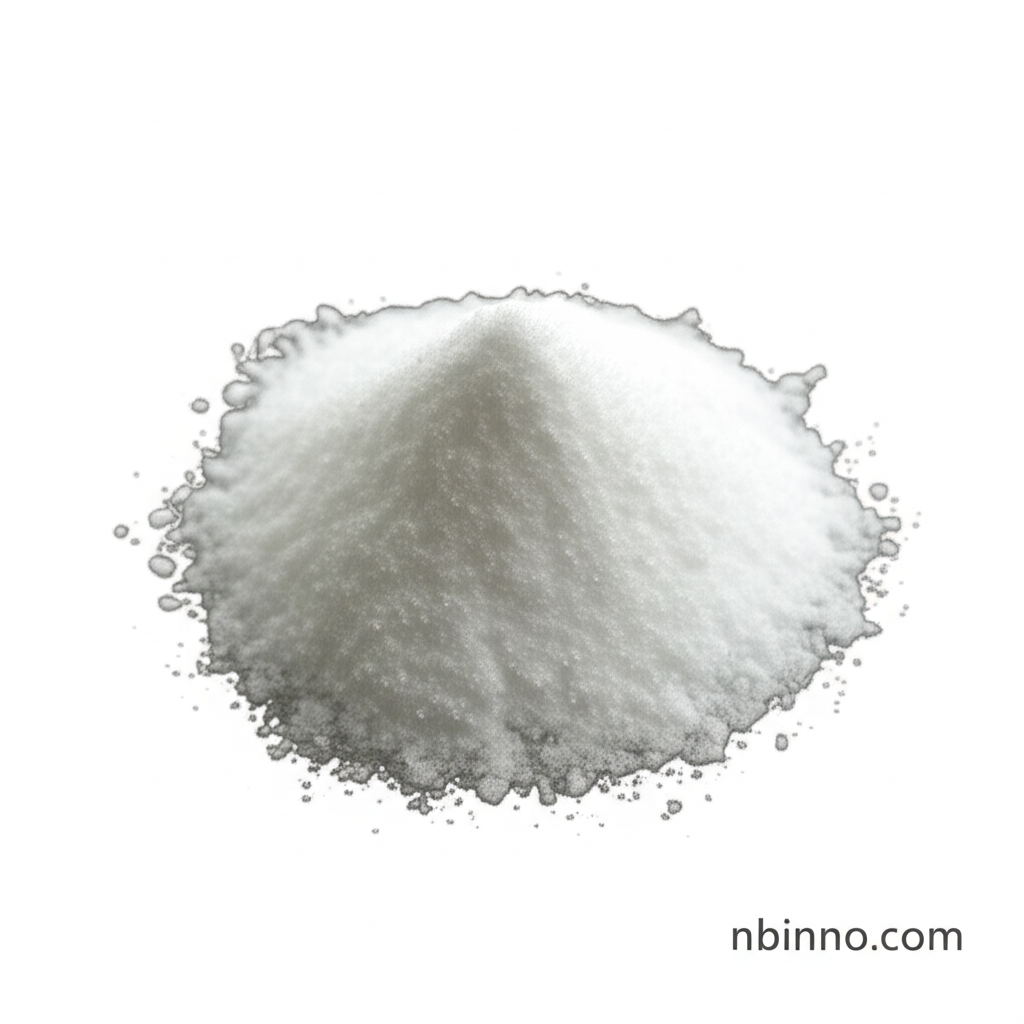Diallylamine Hydrochloride: A Versatile Pharmaceutical Intermediate and Polymer Monomer
Discover the key applications and properties of Diallylamine Hydrochloride, a vital compound for pharmaceutical synthesis, advanced polymer creation, and various industrial processes.
Get a Quote & SampleProduct Core Value

Diallylamine Hydrochloride
We are a trusted supplier of Diallylamine Hydrochloride, a critical chemical used as a pharmaceutical intermediate and a key component in polymer synthesis. As a leading manufacturer in China, we ensure high purity and consistent quality for your demanding applications.
- As a pharmaceutical intermediate, Diallylamine Hydrochloride is crucial for the synthesis of various active pharmaceutical ingredients (APIs).
- Its unique molecular structure, featuring alkenyl double bonds, makes it an excellent polymer monomer for creating linear homopolymers and copolymers.
- The compound exhibits stability at room temperature, is non-flammable, and possesses low toxicity, ensuring safe handling and application.
- Leveraging Diallylamine Hydrochloride in textile dyeing can lead to formaldehyde-free color-fixing agents, significantly improving color fastness on fabrics.
Key Advantages
Versatile Applications
Explore the diverse uses of Diallylamine Hydrochloride, from its role as a vital pharmaceutical intermediate to its application in creating advanced polymer materials.
Enhanced Material Properties
The polymers derived from Diallylamine Hydrochloride can function as effective formaldehyde-free color-fixing agents, enhancing textile color fastness and providing unique properties to various materials.
Industrial Process Optimization
In papermaking and oilfield applications, Diallylamine Hydrochloride acts as a retention and drainage aid, clay stabilizer, and fracturing fluid additive, optimizing industrial processes and improving efficiency.
Key Applications
Pharmaceutical Manufacturing
Diallylamine Hydrochloride serves as a critical intermediate in the synthesis of various pharmaceutical compounds, contributing to the development of new medicines.
Textile Dyeing and Finishing
It functions as a formaldehyde-free color-fixing agent, improving the durability and fastness of dyes on fabrics, a key aspect for textile manufacturers.
Papermaking Aids
In the paper industry, it is utilized as a retention and drainage aid, and as an antistatic agent in paper coatings, enhancing paper quality.
Oilfield Chemicals
Its properties make it valuable in oilfield applications as a clay stabilizer and a cationic additive for acid fracturing fluids, optimizing extraction processes.
